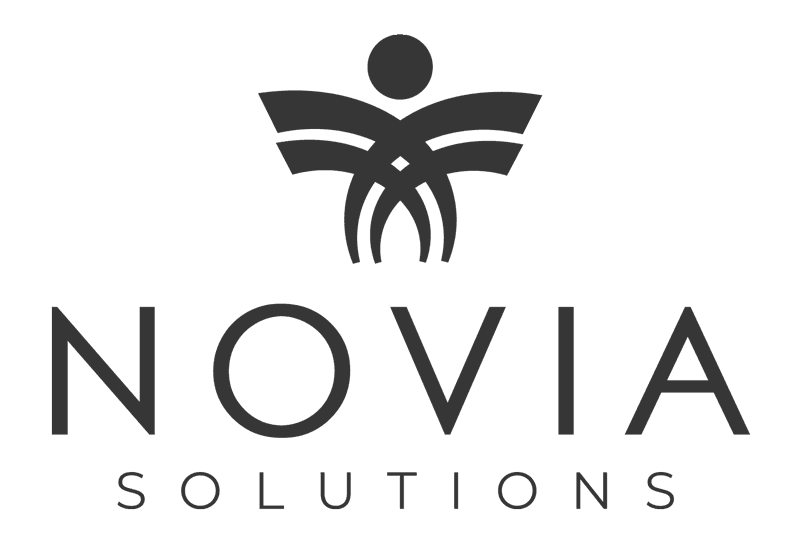In recent years, quality care and work-flow efficiency have become major talking points for hospitals across the country. Because of this, recent attention has been given to things like combatting nurse attrition and improving quality of care in order to reduce readmissions. However, one key contributing factor for both of those issues is the physical design of the hospital, including its layout (room orientations), and level of technology/equipment. All of these factors have been shown to have significant impacts on both reducing clinical errors and improving quality of care.
According to a research article published in the National Center for Biotechnology Information, “…researchers found that there was a link between the physical environment (i.e., single-bed or multiple-bed patient rooms) and patient (e.g., fewer adverse events and better health care quality) and staff outcomes (e.g., reduced stress and fatigue and increased effectiveness in delivering care). Efforts to improve patient and staff outcomes can target latent conditions for clinicians by using evidence-based designs to decrease distractions, standardize locations of equipment and supplies, and ensure adequate space for documentation and work areas”1. The following items were identified in the article as critical elements of hospital design needed for targeting human factors such as clinical errors and workplace burnout:
- Patient-centeredness, including
- using variable-acuity rooms and single-bed rooms
- ensuring sufficient space to accommodate family members
- enabling access to health care information
- having clearly marked signs to navigate the hospital
- Safety, including
- applying the design and improving the availability of assistive devices to avert patient falls
- using ventilation and filtration systems to control and prevent the spread of infections
- using surfaces that can be easily decontaminated
- facilitating hand washing with the availability of sinks and alcohol hand rubs
- preventing patient and provider injury
- addressing the sensitivities associated with the interdependencies of care, including work spaces and work processes
- Effectiveness, including
- use of lighting to enable visual performance
- use of natural lighting
- controlling the effects of noise
- Efficiency, including
- standardizing room layout, location of supplies and medical equipment
- minimizing potential safety threats and improving patient satisfaction by minimizing patient transfers with variable-acuity rooms
- Timeliness, by
- ensuring rapid response to patient needs
- eliminating inefficiencies in the processes of care delivery
- facilitating the clinical work of nurses
- Equity, by
- ensuring the size, layout, and functions of the structure meet the diverse care needs of patients1
To read the full article, click here. If you are interested in learning more about healthcare leadership, visit our website to speak with a recruiter today. Or, follow us on LinkedIn to receive updates about our hot jobs.


